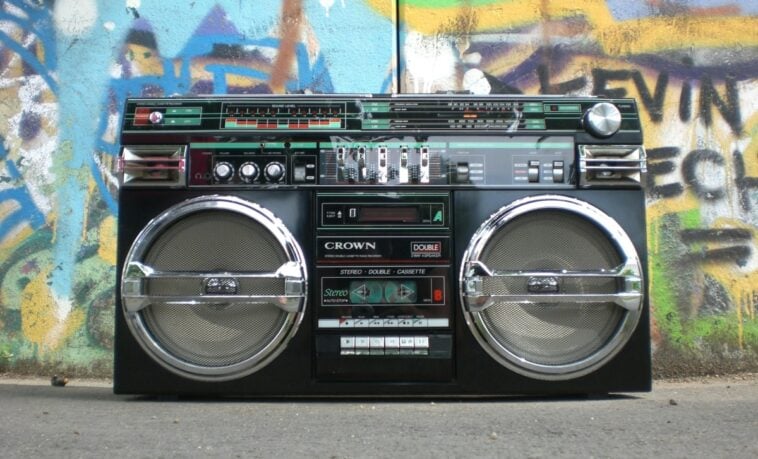Remember the satisfying thunk of a hefty plastic button? Or the sheer weight of a gadget that felt like it could survive a fall down a flight of stairs? In an age where our new devices seem to have a built-in self-destruct timer that activates the day after the warranty expires, it’s easy to get nostalgic for the good old days.
We’re talking about a time when “built to last” wasn’t a marketing slogan; it was just how things were made. These were the electronics that were passed down, survived college dorms, and probably still work if you could find the right cables. So grab a Tab soda, put on a mixtape, and let’s take a trip down memory lane with 11 legendary electronics that were built like absolute tanks.
11. The Western Electric Model 500 Phone
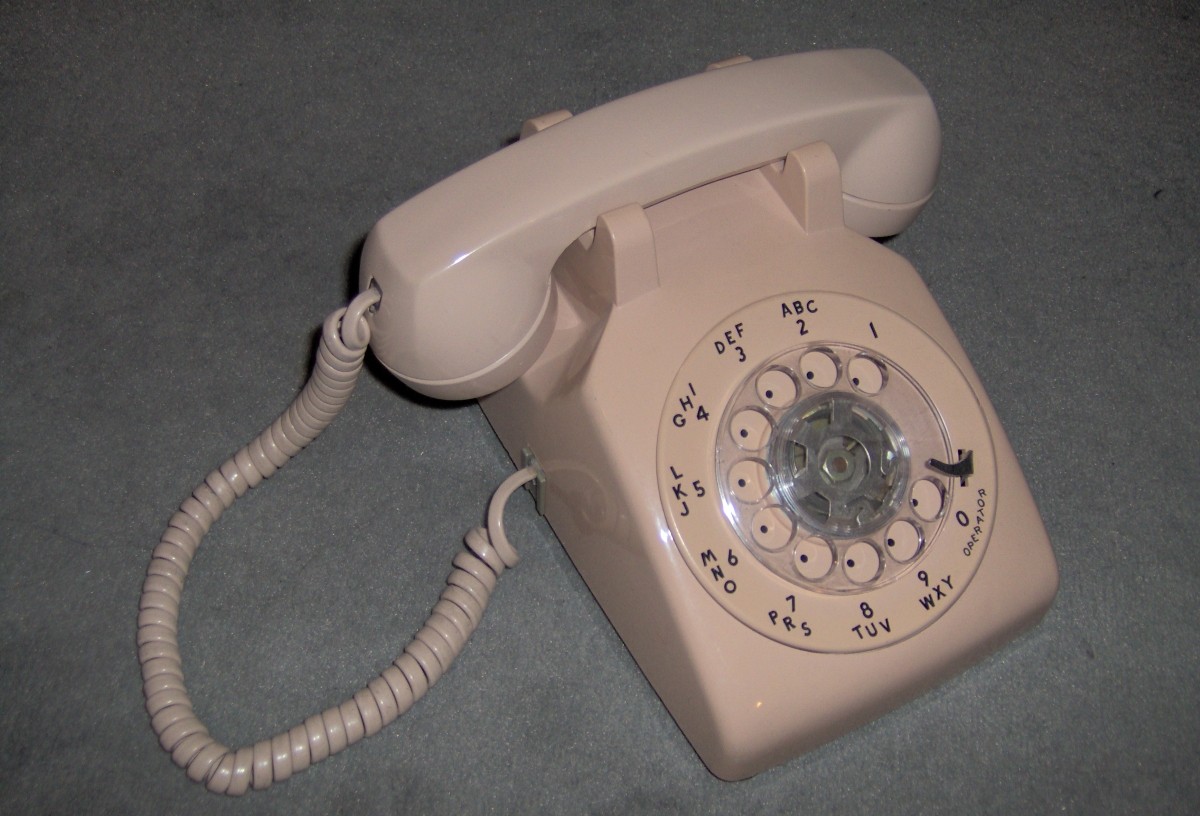
Before touch screens and even push-buttons, there was the rotary phone (1949–1984). And the undisputed king was the Western Electric Model 500. Made of heavy-duty Bakelite plastic, this thing was basically a communication brick. You could drop it, use it to hammer a nail (probably), and it would still give you a dial tone. Its beauty was in its simplicity: no software to crash, no screen to crack. Just gears, springs, and a bell loud enough to wake the dead. Many of these 70-year-old phones still work perfectly today.
10. The Boombox
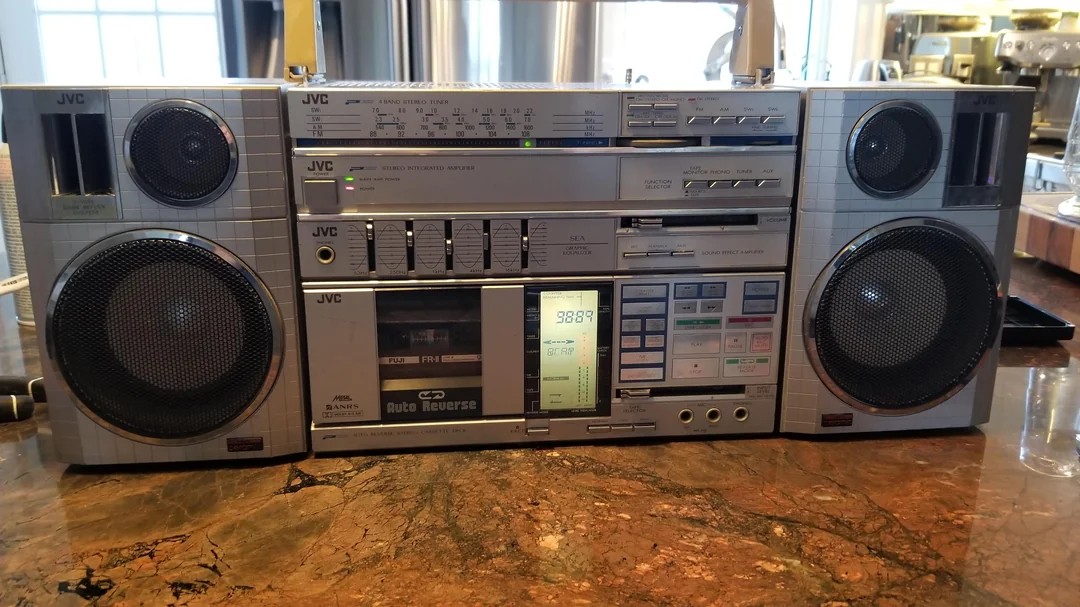
Whether you had a JVC, a Panasonic, or a Sharp, the boombox, which was called “ghettoblasters” or simply “blasters” back in the day, was the official sound system of the ’80s and ’90s. These things were enormous, weighed a ton, and required about eight D-cell batteries to run for an afternoon. But that heft was a sign of quality. They were built to be carried on shoulders, blasted at full volume in the park, and take a few knocks along the way. With rugged plastic casings and over-engineered components, these portable music monsters were the definition of durable.
9. The KitchenAid K5-A stand mixer
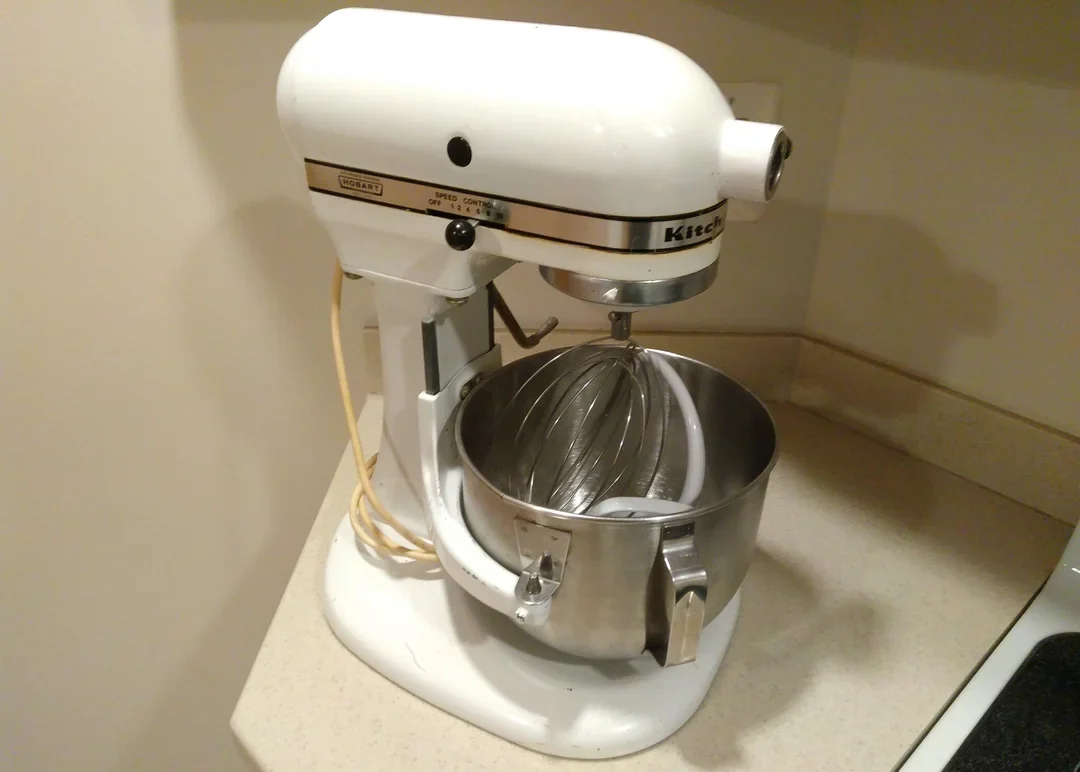
Okay, so it’s more of a home appliance, but the KitchenAid K5-A stand mixer is a true electronic legend. Ask your mom or grandma; chances are she has one that’s been whipping up cake batter since the Nixon administration. With an all-metal construction and a direct-drive transmission, these mixers were designed with near-industrial strength. The crazy part? The design is so timelessly effective that the model you buy today is mechanically very similar to the one from 50 years ago.
8. The IBM Model M Keyboard
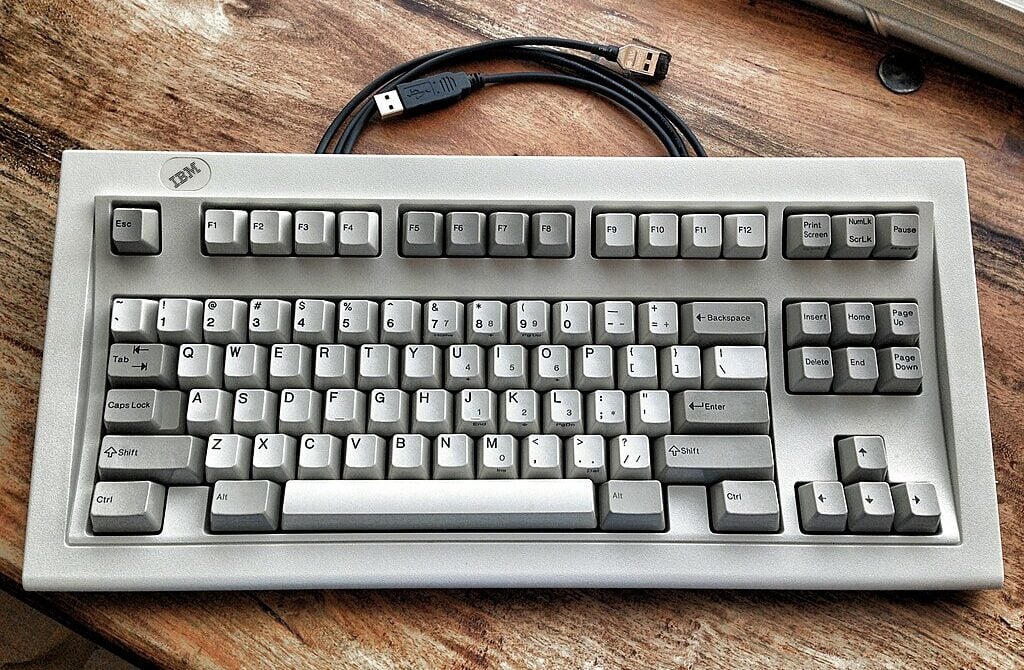
If you ever worked in an office in the ’80s or ’90s, you know this sound: CLICK-CLACK-CLICK-CLACK. The IBM Model M keyboard, introduced in 1984–1985, is the most legendary computer peripheral of all time. Each key used a buckling spring mechanism that was not only incredibly satisfying to type on but also ridiculously durable. Spilled coffee on it? You could take it apart and wash it in the sink. These keyboards often outlasted the half-dozen computers they were plugged into.
7. The Technics SL-1200 Turntable
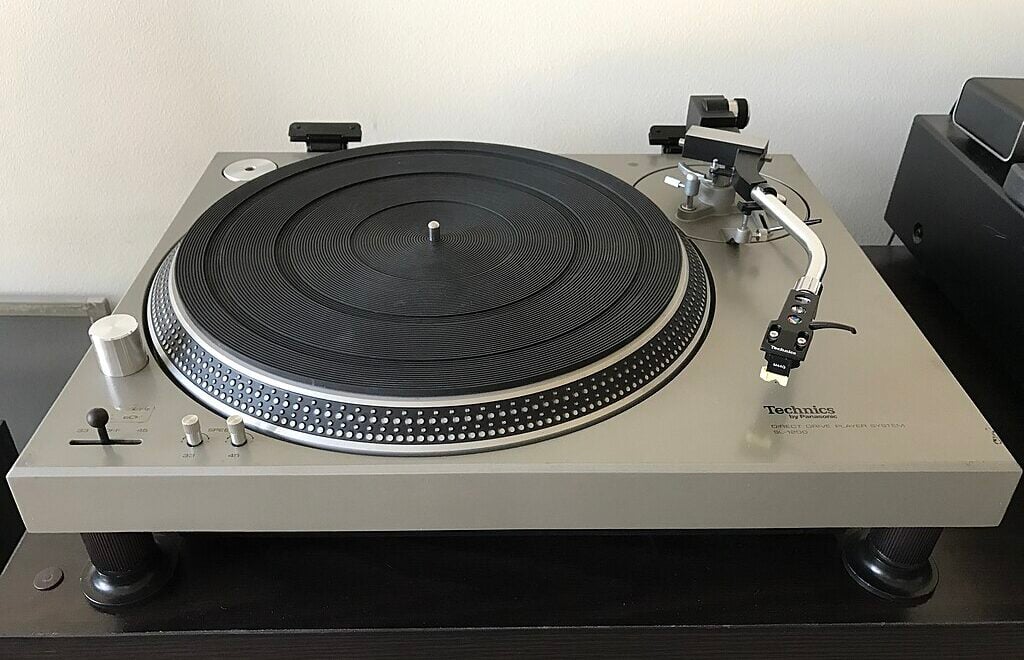
Introduced way back in 1972, the Technics SL-1200 isn’t just a record player; it’s an institution. Praised by audiophiles and DJs for its high-torque, direct-drive motor, it delivered unshakable performance. But its real legacy is its indestructibility. Made with a solid metal chassis, it could withstand the vibrations of a nightclub and years of relentless use. There’s a reason why DJs today still seek out original models from the ’70s and ’80s—they just keep spinning.
6. The Sony Walkman (Cassette Player)
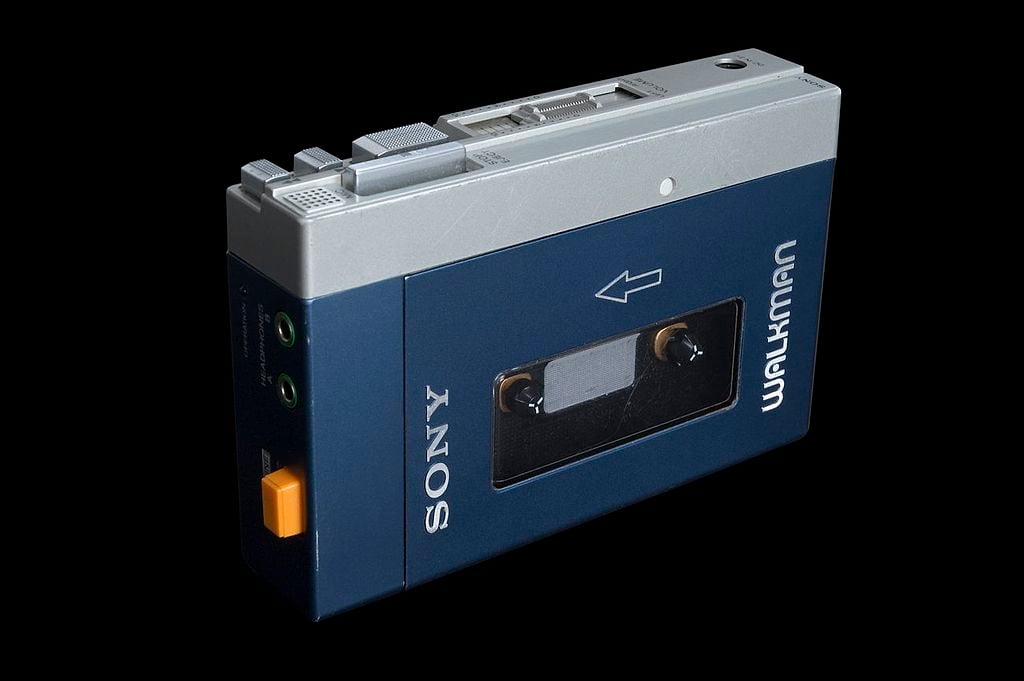
The Walkman (launched in 1979) changed the world by making music personal and portable. While there were hundreds of models, the classic ’80s and early ’90s Walkmans were built to move. With chunky plastic bodies, metal chassis, and buttons that gave a satisfying clunk, they could handle being tossed in a backpack day after day. Sure, you had to deal with tangled tapes, but the player itself would survive just about anything, providing the soundtrack to countless bus rides and study sessions.
5. The VCR
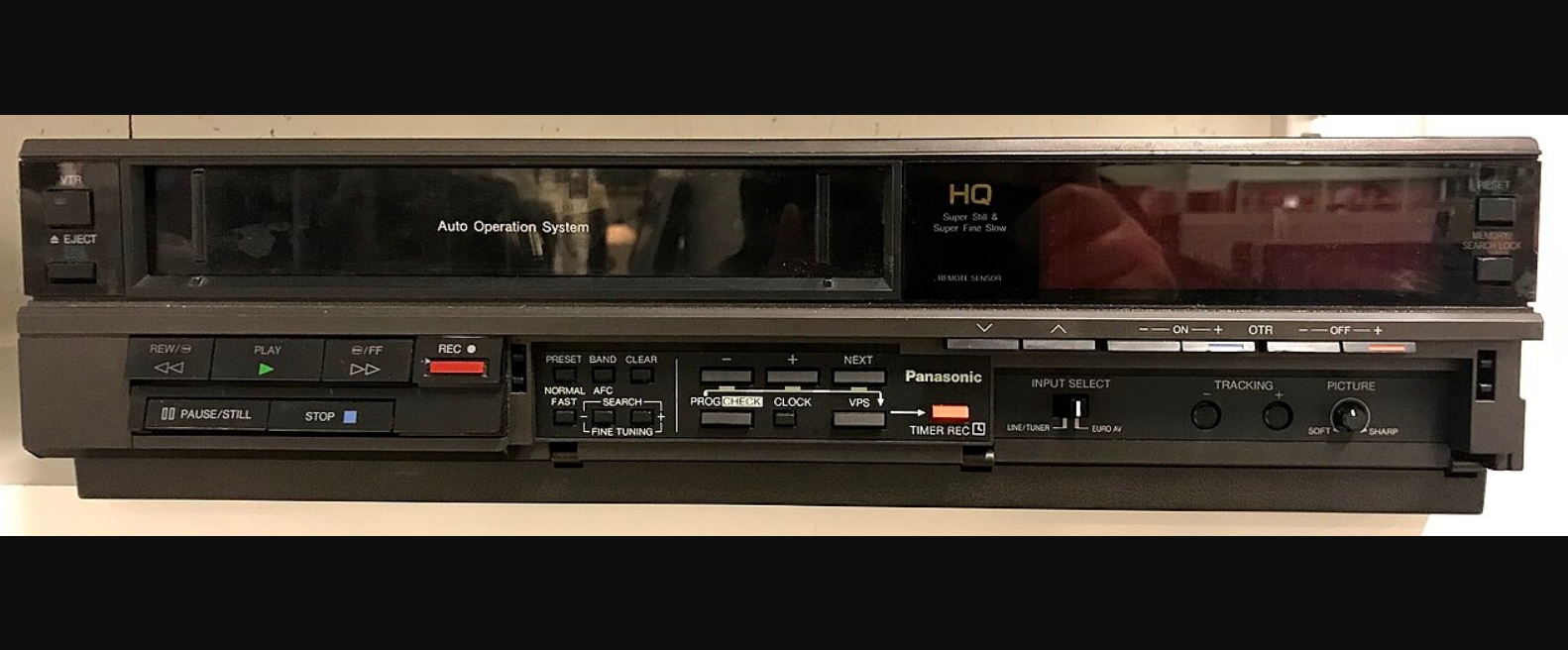
The family VCR was a workhorse. These machines (VHS format popularized by JVC in 1976) were heavy, mechanical marvels of whirring gears, belts, and motors. Brands like JVC and Panasonic made VCRs that ran for 15 or 20 years without a hiccup, faithfully playing rental copies of E.T. and recording episodes of Seinfeld. Their biggest flaw wasn’t breaking down, but the fact that no one could ever figure out how to stop the clock from blinking “12:00”.
4. The Original Nintendo Entertainment System (NES)
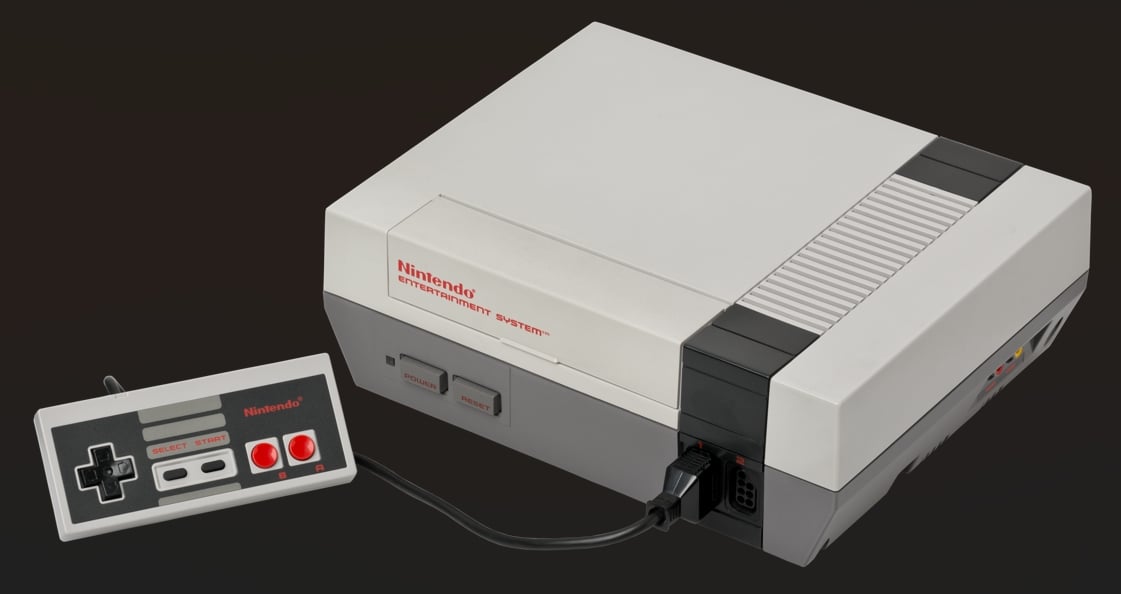
The NES was a simple gray box of pure joy. Launched in 1985, it was also tougher than a two-dollar steak. Every kid who had one knows the ritual: the game freezes, you pull the cartridge out, blow on the connectors, slam it back in, and it works. It felt more like a feature than a bug! The console itself had no moving parts on the outside and a rugged plastic shell that could withstand the rage-quits of a million frustrated Battletoads players.
3. CRT Televisions
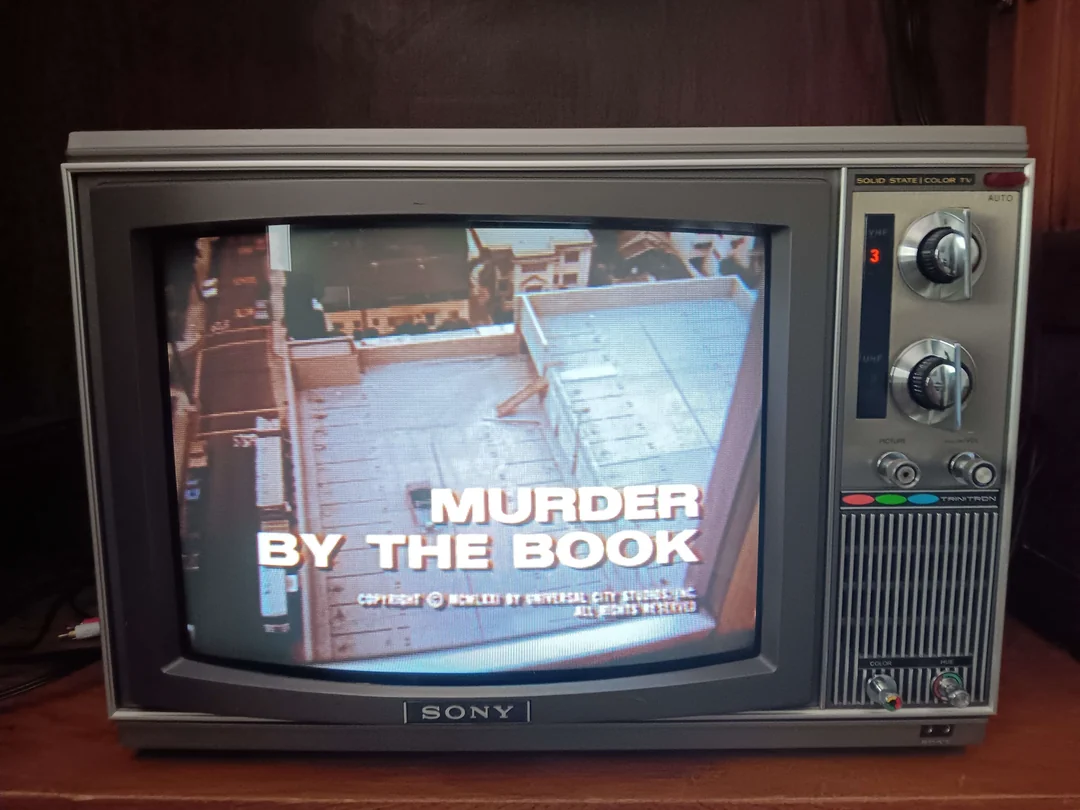
Long before we had paper-thin 4K screens, televisions were pieces of furniture. A 27-inch Sony Trinitron or a Zenith console TV, weighing over 100 pounds, was built into a solid wood cabinet. These cathode-ray tube behemoths (peaking in the 1970s–2000s) took forever to warm up and generated enough static electricity to power a small city, but they simply refused to die. Many families had the same TV for over 20 years, and it often only got replaced because something better came along, not because it broke.
2. The Nintendo Game Boy
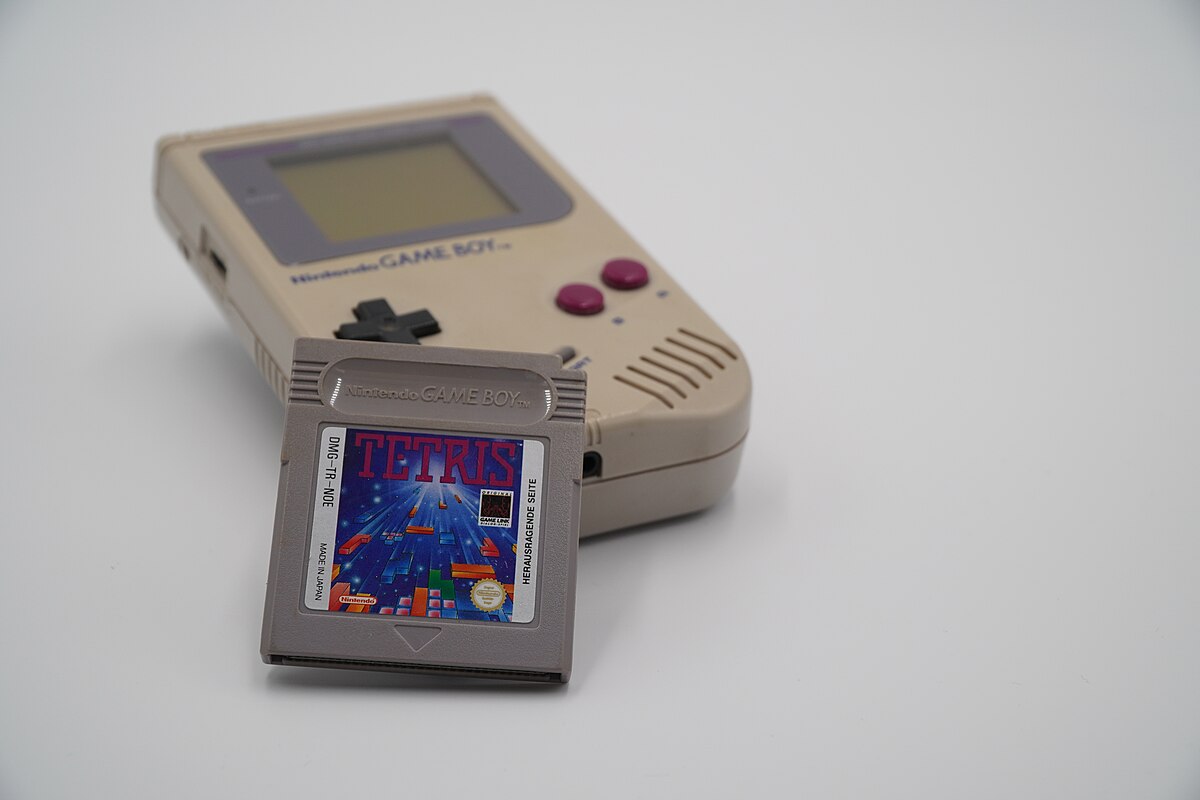
If the NES was tough, the Game Boy was immortal. Released in 1989, this legendary handheld gaming device ran for what felt like months on four AA batteries and had a screen that was seemingly immune to scratches. Everyone has a story about their Game Boy surviving something catastrophic—a drop from a second-story window, being left in a car during a heatwave, you name it. There’s even a Game Boy on display at the Nintendo Store in New York that survived a bombing during the Gulf War, and it still works.
1. The Nokia 3310
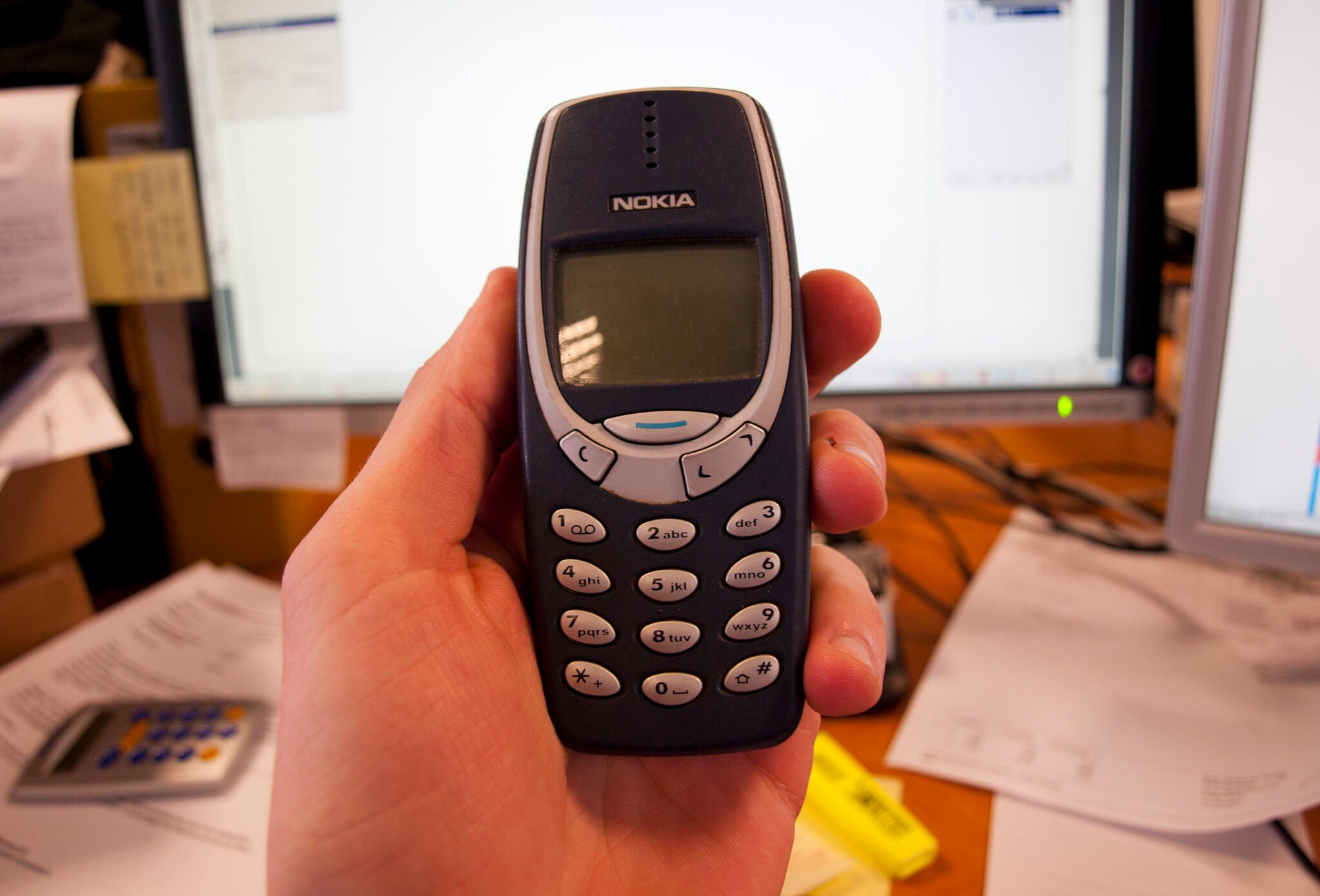
Was there ever any doubt? The Nokia 3310 isn’t just a phone; it’s a legend. It’s a cultural icon for durability. Released in 2000, this phone became the benchmark against which all toughness is measured. Its battery lasted for a week, it had the addictive game Snake II, and it could survive literally any drop. People have run it over with cars and seen it come out unscathed. In a world of fragile glass rectangles, the mighty Nokia 3310 reminds us that once upon a time, we built things to last forever.

